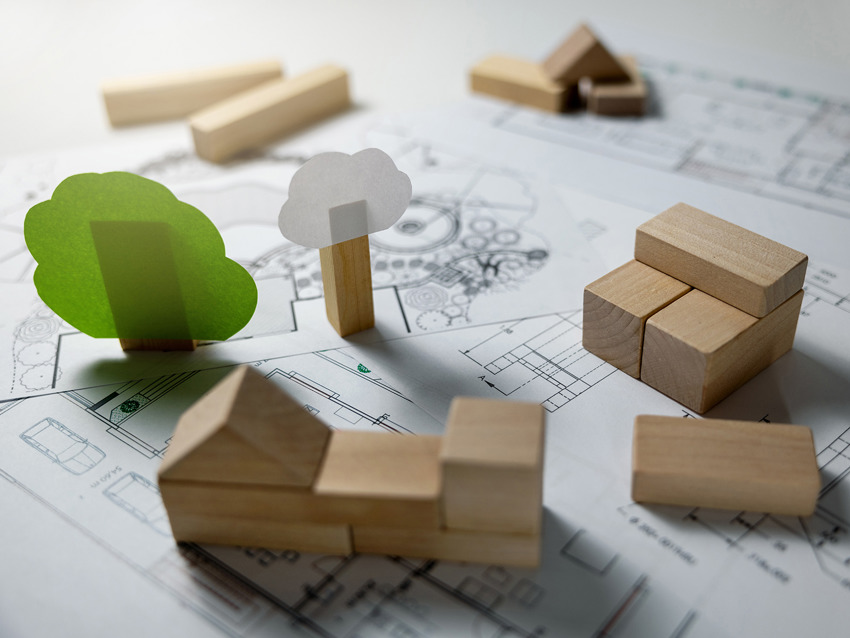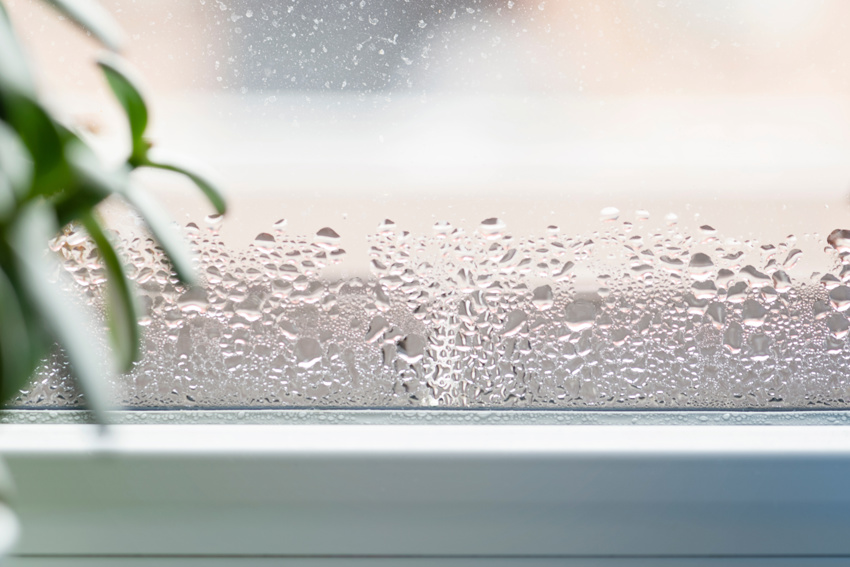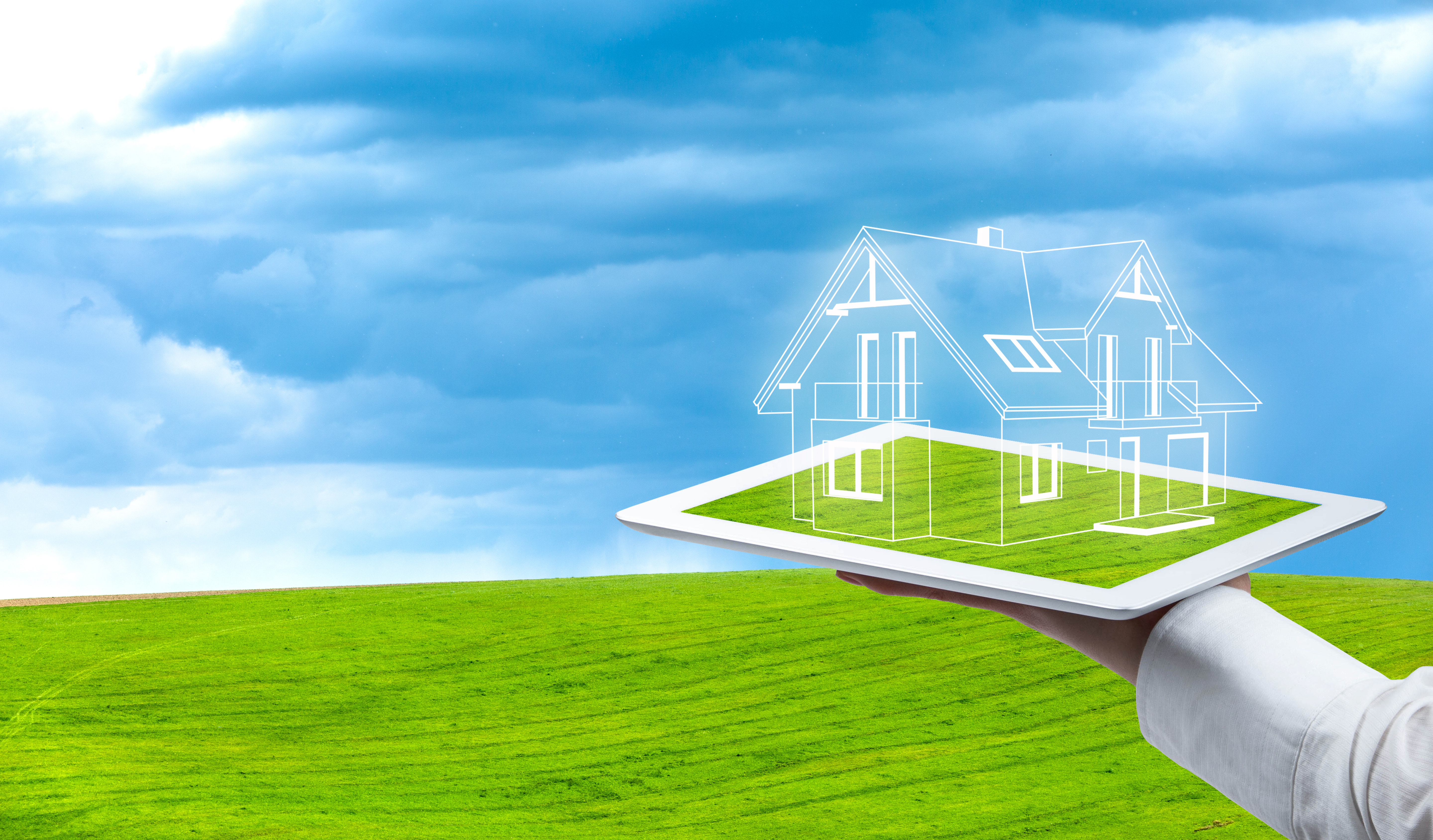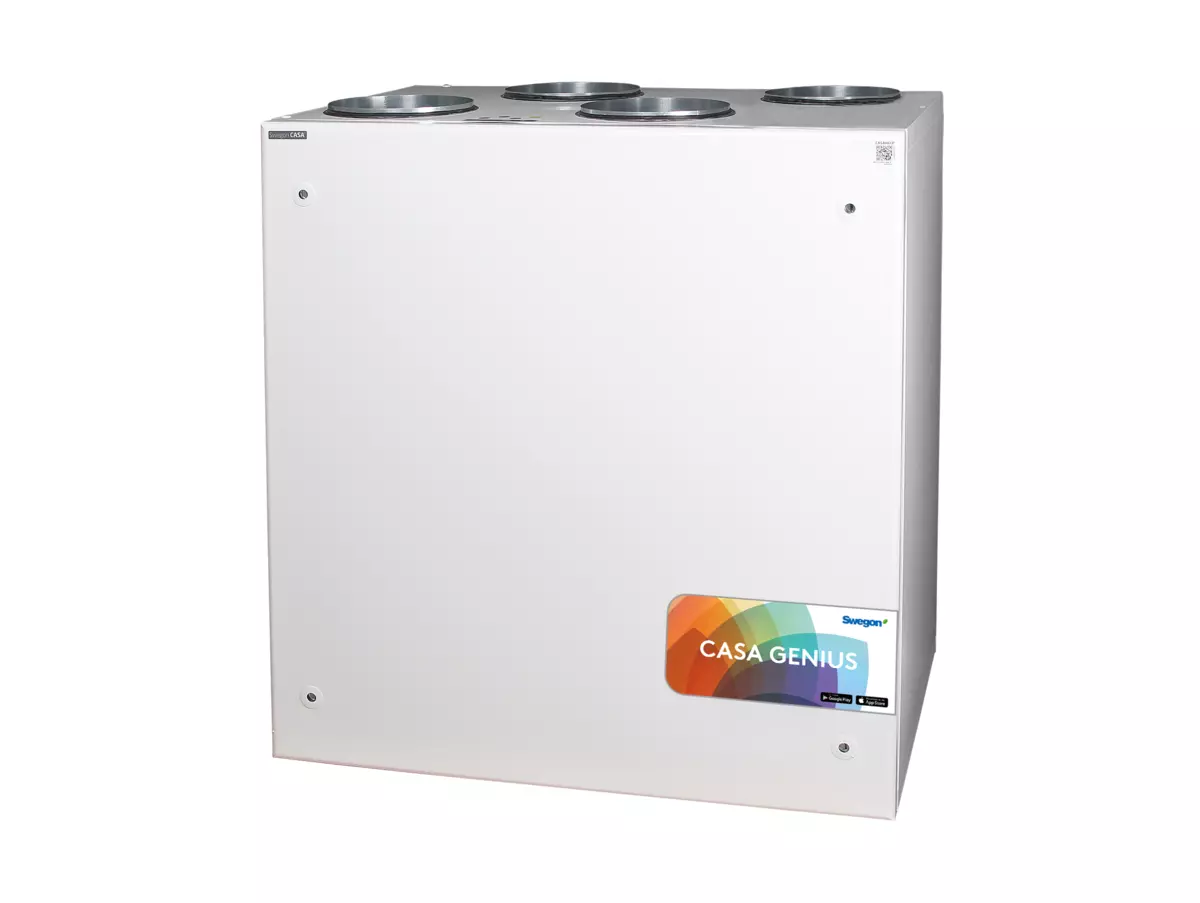Passive House
Passive House is a building concept that seeks first to minimize building loads, so that the energy use intensity is very low. With emerging on-site renewable energy options, designers may use the Passive House concept as a design reference for buildings seeking net zero energy or net zero carbon.
Certifying bodies define design, pre- and post-construction quality test requirements. Key characteristics of a Passive House building include a requirement for continuous ventilation with heat recovery, and other goals of the Passive House concept drive the need for complete ventilation solutions resulting not only in low energy consumption, but occupant comfort as well.
Early Passive House Application
The first Passive House building was completed in Canada in 1977, and combined airtightness, over-insulation and a system for heat recovery. The design was considered highly unusual at the time. It was built in the context of an energy crisis with soaring oil prices. Since then, the Passive House concept has been designed into hundreds of certified Passive House projects around the world.


The Passive House Concept Today
The Passive House concept has been around in its current form since 1990 when the Passive House Institute (PHI) in Germany standardized a set of measurable key features. In addition to certifying buildings, PHI certifies designers, builders, and building components, including windows and ventilation units. All certifications are intended to provide certainty that the resulting building will achieve the expected energy and carbon performance. The passive house standard is applicable to both new-build and renovation projects. The latter is called EnerPHit and can be a useful means to reach today's targets for energy savings. In North America, Phius maintains its own set of passive house standards. Phius also certifies buildings, consultants, builders and building components, excluding ventilation units.

5 key characteristics of a Passive House Building
Key characteristics found in buildings using the Passive House concept include:
1. Airtight construction
2. Insulation adapted to the climate
3. Thermal bridges reduced to a minimum
4. High-performance openings
5. Continuous ventilation (with heat recovery)
A better indoor climate results as a response to the biggest energy-saving measure
The exceptionally airtight construction required by the Passive House concept makes considerable demands on the ventilation system while lowering the building's heating and cooling demands. This is because an airtight building needs to be continuously provided with fresh air to ensure a high level of comfort and to dilute excess airborne pollutants, and to control temperature, and humidity.
Continuous ventilation requires air handling units to operate whenever the building is occupied, and sometimes even when the building is empty. Air handling units are often the greatest energy consumers in a building and should, therefore, be selected and specified based on their ability to ventilate, heat, and cool in the most energy-efficient way. Often referred to in the Passive House sector as HRV or ERV, air handling units with energy recovery are optimized to recover the maximum amount of heat while operating with low electrical consumption.
The importance of PHI-certified ventilation units
While continuous ventilation is a key Passive House concept, the end-goal is minimal energy consumption. Therefore the ventilation unit must also use minimal amounts of energy while also recovering maximum amounts of heat energy.
A rotary heat exchanger recovers heat through its multiple tiny aluminum channels. In the heating season, warm air returned from the building warms the channels while flowing outdoors.The rotor continuously spins from the warm to the cold air stream entering the building, where the small channels release the heat to warm the supply air. PHI requires that this heat recovery be accomplished with an efficiency of no less than 75%, while consuming no more than 0.45 Wh/m3 (0.765 W/CFM) of electricity The high levels of heat transfer also have the effect of rejecting hot summer air back outdoors, in effect pre-cooling the supply air. Swegon’s GOLD and CASA ventilation units are both made for the task and are certified by the Passive House Institute.
Learn more in our guide about heat recovery

Humidity control also plays an important role
While the Passive House concept primarily focuses on energy consumption and occupant comfort, other secondary measures play a substantial role in the successful outcome of Passive House building projects.
In the summer, when the outside air is humid, it often requires dehumidification before entering the building. Excess moisture is commonly removed from the air by cooling it below dewpoint using coils in the airstream. Dehumidification accomplished this way consumes considerable energy. Dehumidification energy can be avoided with the selection of ventilation units that also offer humidity recovery, a feature of Passive House certified ERV.
In winter, when the outside air is dry, issues with comfort arises in the form of dry and irritated eyes, skin and upper airways. Some building materials also experience reduced long term performance when exposed to very low humidity. Normally, the humidity level is between 20 and 40% in most buildings. The general recommended level is slightly higher, 30 to 60% depending on the season, but there are rarely any fixed limits.
Ventilation units like Swegon GOLD and CASA feature rotary heat exchangers coated with sorption materials that improve the recovery of humidity from the return air, which enhances occupant comfort, and building resilience.
An additional feature of sorption rotors is their ability to prevent frost build up, which could diminish the heat exchange benefits by blocking the airflow. Humidity recovery prevents the rotary heat exchanger channels from becoming blocked due to frost. Less energy is thus required to defrost the rotary exchangers, making a further contribution to operation energy savings.
Read moreAdvantages of Passive House certification
Design teams pursuing Passive House certification achieve success through planning. Only with a certified plan during the design phase may a team move forward to construct the building. Pre-certification is a quality control measure that verifies the key Passive House concepts are in place to give the project a high likelihood of achieving the desired energy performance target.
Airtightness, thermal bridges, the quality of the windows and their installation, the ventilation system and other building services are all verified as part of the certification process. So is the operation of the building, once the building services are installed and commissioned the entire project is assessed as part of the final certification.
Ventilation units that are certified with the key heat recovery and electrical efficiency are expected during the pre-certification phase. Swegon GOLD and CASA are both available with PHI certificates.
Passive House Institute Certification Summary
Swegon expertise and products for your Passive House projects
Our application engineering team is experienced with Passive House ventilation systems design.
We also offer continuing education courses on the topic of Passive House Ventilation. Swegon has supplied products and systems to more than 100 Passive House projects worldwide.
For PHI-certified reference projects, visit: Passive House Buildings (passivehouse-database.org)
For Phius-certified reference projects, visit: Certified Project Database | Phius
Please contact us to discuss the ventilation requirements of your Passive House project, or to schedule a lunch and learn.

Swegon products and systems answer to the needs expressed by our customers, with the aim of creating complete solutions for productive and healthy indoor environments. Our comprehensive approach balances sustainability, comfort and energy and carbon efficiency.
Swegon offers GOLD and CASA ventilation systems that are PHI-certified in the Air handling unit with heat recovery category. GOLD and CASA PHI-certificates are published for the range of airflow capacity > 600m³/h (350 CFM), in the PHI-designated cool temperate climate. Additional GOLD PHI-certificates are published for the range of airflow capacity > 600m³/h (350 CFM), in the PHI-designated very hot climate.
CASA PHI-certificates are also published for the range of airflow capacity < 600m³/h (350 CFM), in the PHI-designated cool temperate climate.
To view PHI-certificates visit: Ventilation systems in the Passive House Portal Component Database
Swegon GOLD and CASA units are available complete with controls meeting the requirements for balanced, continuous airflow, humidity control, and demand control ventilation.
REACT dampers provide variable or constant volume flow control, pressure control, and airflow measurement.
Swegon chilled beams offer a hydronic solution for zone heating and cooling that reduces the reliance on refrigerants inside the building envelope.
Swegon offers transfer grilles, volume control dampers, supply and exhaust grilles, registers and diffusers that contribute to low pressure duct systems that allow the ventilation units to operate at the rigorous PHI external static pressure requirements.
Finally, to mask any remaining system noise, Swegon offers compact sound attenuators.
Passive House Products and solutions
The Passive House standard is a broad concept as it certifies both entire buildings and single products. The below are key products and systems from Swegon.





